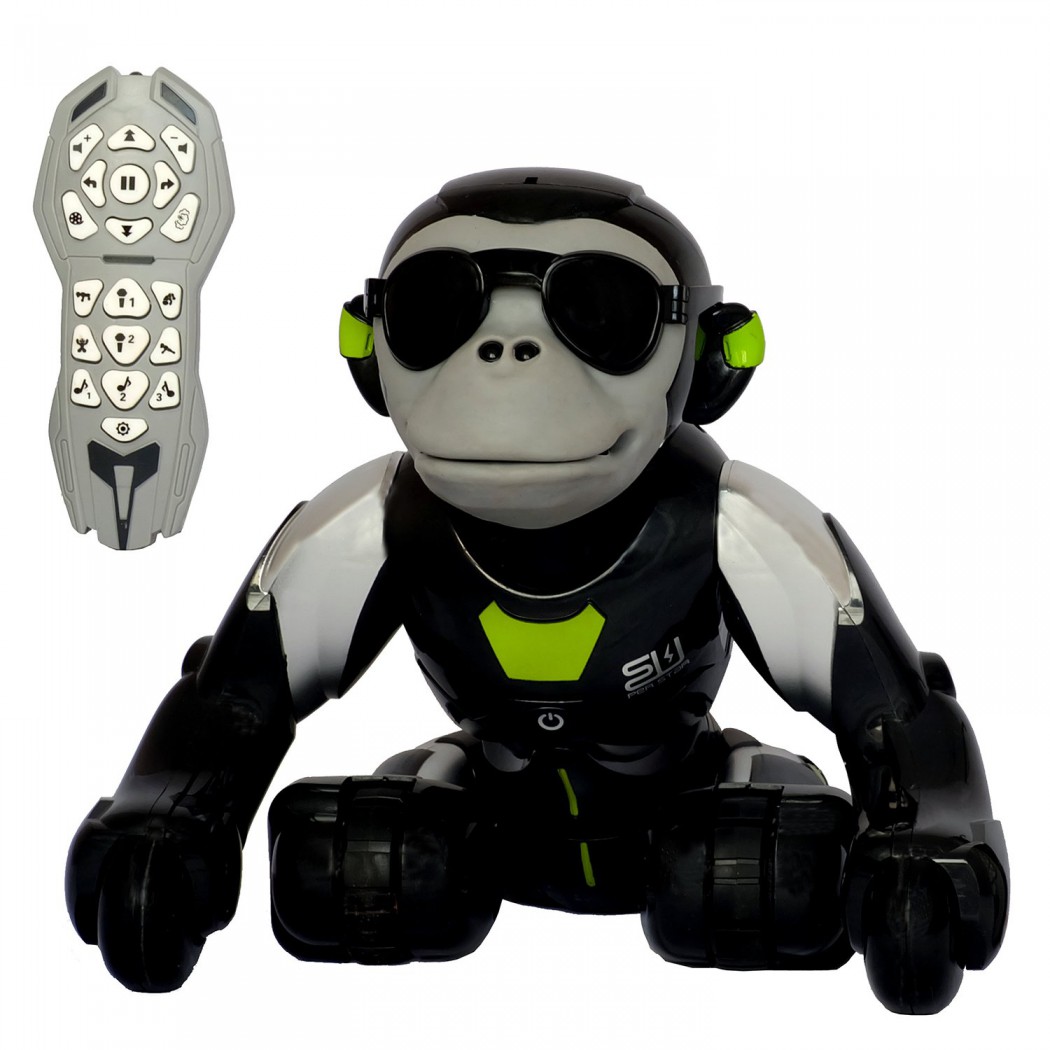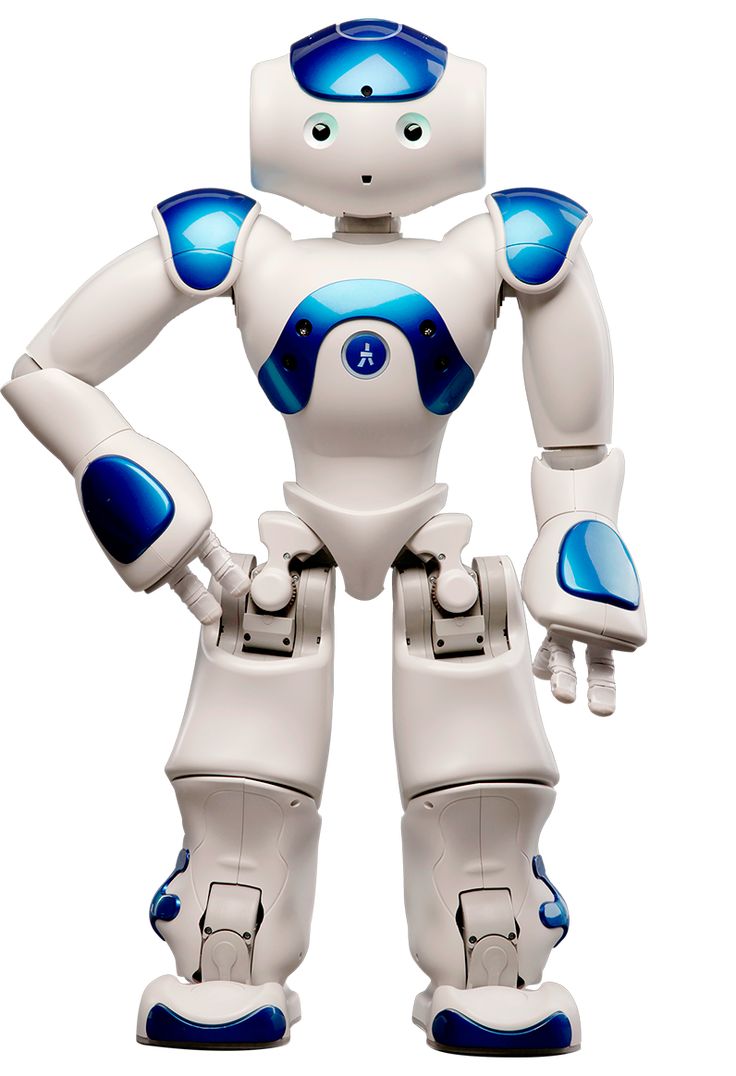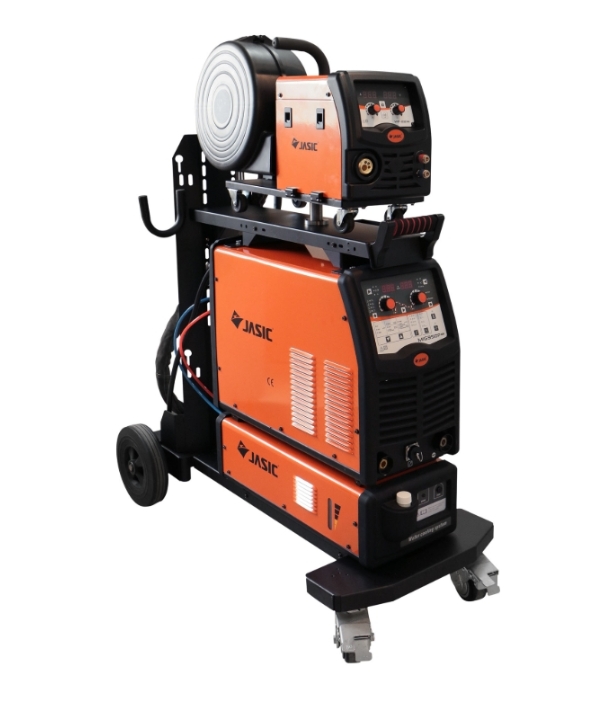Osaka University researchers introduce Myriapod, a groundbreaking centipede-like robot designed to revolutionize mobility in search, rescue, and exploration missions. Published in the journal Soft Robotics, the study unveils a novel approach harnessing dynamic instability to enable seamless transitions from straight to curved walking, enhancing maneuverability in complex environments.
Conventional legged robots often face challenges with fragility and computational complexity, hindering their effectiveness in dynamic environments. Myriapod represents a paradigm shift, leveraging natural instability to navigate with unprecedented agility. Unlike traditional robots requiring complex control systems, Myriapod's innovative design enables intuitive control by adjusting the flexibility of its joints.
Comprising six segments with flexible joints, Myriapod's dynamic locomotion is achieved through variable body-axis flexibility controlled by motors. By modulating joint flexibility, the robot capitalizes on fork-type bifurcation, converting rectilinear walking into controlled curved movement. This unique approach, inspired by agile insects, minimizes computational complexity and energy requirements while maximizing maneuverability.
Lead author Shinya Aoi elaborates, "We were inspired by the remarkable agility of insects in controlling dynamic instability to swiftly alter their movement. By manipulating joint flexibility instead of directly controlling body axis movement, we significantly reduce computational complexity and energy consumption."
The versatility of Myriapod extends to its navigational capabilities, demonstrated through successful path planning to predefined targets. As a versatile platform, future iterations of Myriapod may incorporate additional segments and management mechanisms, further enhancing its adaptability and effectiveness in diverse environments.
Osaka University's Myriapod represents a pivotal advancement in robotics, offering a promising solution for search, rescue, and exploration missions. By embracing dynamic instability as a mechanism for enhanced maneuverability, Myriapod heralds a new era in autonomous robotics, poised to overcome challenges in complex terrain and support a range of applications.
Stay informed about the latest developments in robotics and explore the potential of dynamic centipede-like robots with Osaka University's groundbreaking research in Soft Robotics today.














